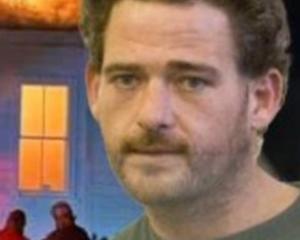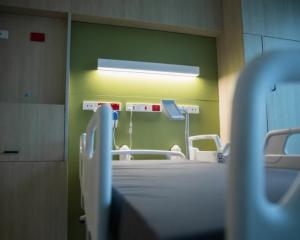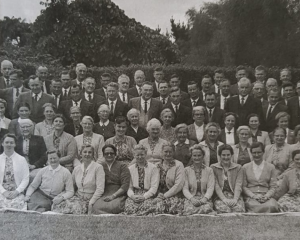A St John Ambulance trial in which nurses call people back to assess their condition before sending an ambulance is being criticised by patients who say legitimate emergency calls are being missed.
But St John says the system is about saving lives and will separate those in genuine danger from non-urgent patients calling ambulances for toothache, constipation, headaches or diarrhoea.
The Herald yesterday told the story of a woman who said three emergency calls were needed to get help for a severely ill woman from ambulance staff less than a kilometre away.
The article prompted several emails from readers. One respondent detailed a three-hour wait for an elderly man who had suffered a broken hip and another said they couldn't get through to an ambulance when their neighbour went into cardiac arrest.
But St John Ambulance clinical director Norma Lane said it was early days for a year-long trial for an Auckland DHB region clinical hub.
The service, which began in May and could go nationwide next year, uses a combination of paramedics and nurses for phone-based clinical assessment of low-acuity (non-urgent) calls.
Ms Lane said the aim was to not only reduce strain on Auckland's emergency departments by 6000 patients over the trial period but to improve ambulance response times and quality of care.
"We still have a significant number of people who will dial 111 for conditions where they should either have managed it through a different route or should actually have taken themselves to hospital rather than ringing an ambulance."
The hub was set up to address the most serious cases among the 125,000-plus emergency ambulance calls in Auckland every year.
Thirty per cent of the total calls were non-urgent.
Among these "low-acuity" 111 calls, which are up 3 per cent since last year, are calls from people saying they need ambulances for toothache, constipation, headaches and diarrhoea.
"Unfortunately we are open to abuse that way. Sometimes it's not done deliberately because people are frightened and don't know what to do."
St John medical director Dr Tony Smith said the system was not infallible but was about saving lives, not money.
High-acuity cases included the likes of cardiac arrest, haemorrhaging, serious car accidents or unconscious patients and would still get urgent responses.
"From our perspective it's urgent when a patient has a clinical problem when it's threatening their life or where a delay to initiation to treatment may threaten their life.
"We understand that our view of urgent is frequently different from the patient's or the family's view. Part of the role of our nurses if they are calling back is to help them understand that difference."
The numbers
- Auckland's St John Ambulance receives 125,000 111 calls every year.
- 30% of these calls are deemed low acuity or non-urgent.
- The service has noted a 3% per cent increase in low-acuity calls since last year.
- Some of these have been for toothache, gout, headaches and not being able to sleep at night.
- St John is trialling a system where nurses and paramedics can call patients back to assess whether they need an ambulance or other care.












